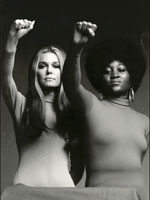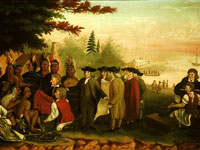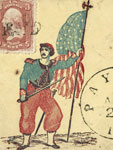The Tet Offensive
How significant is the Tet Offensive in the overall narrative of the Vietnam War?
Textbooks present the Tet Offensive as the single most important turning point in the Vietnam War. They also argue that the war after Tet was characterized by little more than a wind down of American involvement in Southeast Asia.
There is a plethora of previously ignored sources available that illustrate the U.S. turn towards counterinsurgency in the years 1968-1973. These sources suggest that the U.S. military developed this strategy in an attempt to win in Vietnam even after Tet, and this philosophy became the basic structure of much U.S. military thought by the late 20th century.
Historians argue that the Tet Offensive was a significant watershed event in the Vietnam War. However, many historians also point out that the years of U.S. involvement after Tet, 1968-1973, were significant and that the U.S. developed ideas of counterinsurgency during this time period.
The Tet Offensive has become enshrined as THE turning point of the American war in Vietnam. The shock of “Tet” did cause many Americans to rethink the U.S. role in Southeast Asia. The textbooks also argue that the war after Tet was characterized by little more than a wind down of American involvement. In doing so, however, all of the texts ignore the policies of pacification and counterinsurgency that characterized U.S. military thinking from 1968 to 1973. Such omissions distort and oversimplify the story of Vietnam in such a way as to make it difficult for students to understand the relationship of the Vietnam experience to the history of American involvement in the rest of the world, both before the Vietnam War and in events since.




